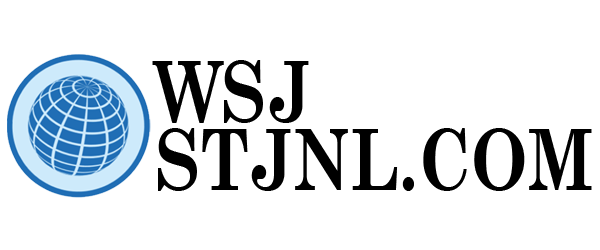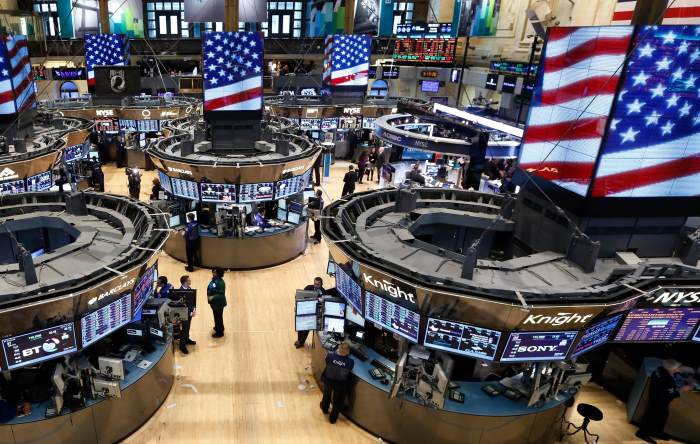Economy
The United States economy expanded at a rate of 3.3% in the most recent quarter
In a surprising turn of events, the United States economy demonstrated unexpected resilience, expanding at a 3.3% annual rate in the fourth quarter of 2023. Despite a slight deceleration from the third quarter’s 4.9%, the latest data from the Commerce Department has surpassed forecasters’ expectations. This underscores the robust recovery from the economic turbulence caused by the ongoing pandemic.
Sturdy Economic Performance Throughout 2023
Throughout 2023, the U.S. economy displayed remarkable endurance, concluding the year with sustained low unemployment, tempered inflation, and defying earlier predictions of an impending recession. From the close of 2022 to the end of 2023, GDP expanded by 3.1%, a significant improvement from the less than 1% growth observed the previous year. Another measure, considering average output over the full year, indicated a 2.5% annual growth rate in 2023.
“2023: Strong U.S. economy defies recession predictions with low unemployment, controlled inflation, and robust 3.1% GDP growth,” according to Barron’s.
Reevaluating Economic Forecasts in Light of Unexpected Strength
Economists, entering 2023 with concerns about the Federal Reserve’s aggressive interest-rate increases triggering a downturn, were surprised by the acceleration in growth. The recovery’s unexpected strength has led economists to reevaluate their forecasting methods. This reevaluation suggests that they may have underestimated the transformative impact of the global pandemic on economic dynamics.
Positive Signs Across Various Sectors
The fourth-quarter data provided encouraging signs across various sectors. Consumer spending, a key driver of the U.S. economy, increased at a 2.8% annual rate, only slightly slower than the preceding quarter. Despite 2022-2023’s high interest rates, the housing sector grew modestly for a second consecutive quarter, signaling resilience and recovery. Businesses displayed confidence by stepping up investments in equipment, and personal income outpaced prices, reflecting the strength of the job market.
Inflation Cools, Providing Relief and Policy Flexibility
Crucially, inflation continued to cool in the United States economy. Consumer prices rose at a 1.7% annual rate in the final three months, below the Federal Reserve’s 2% target. This not only provided relief for households grappling with two years of escalating prices but also enhanced the flexibility of the Federal Reserve to adjust interest rates and sustain the ongoing recovery.
Persisting Risks and Unwavering Confidence
Despite positive indicators, potential risks persist, such as increasing consumer reliance on credit cards and other forms of borrowing. International developments, from conflicts in the Middle East to economic challenges in China, could have repercussions on the domestic front. However, investors and businesses appear undeterred, with the stock market reaching record highs and business confidence on the rise.
Rethinking Economic Models for Unprecedented Times
As Michael Gapen, Chief U.S. Economist at Bank of America, highlighted, “This cycle is historically unique; we’ve never had a global pandemic before. Maybe the fault was relying too much on history and too much on models.” As the economy continues to defy expectations, analysts are reevaluating their approaches to forecasting in this unparalleled economic landscape.
“In this unprecedented economic landscape, Michael Gapen’s insight underscores the need for reevaluating forecasting methods,” said Bloomberg.

